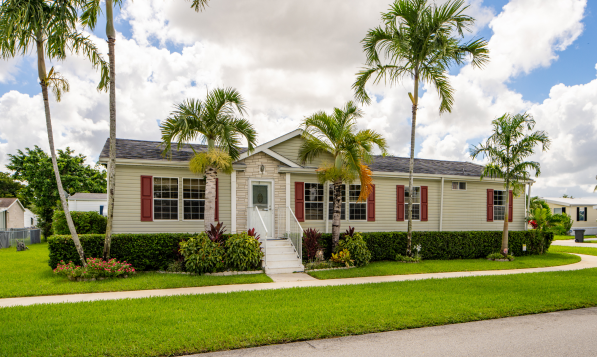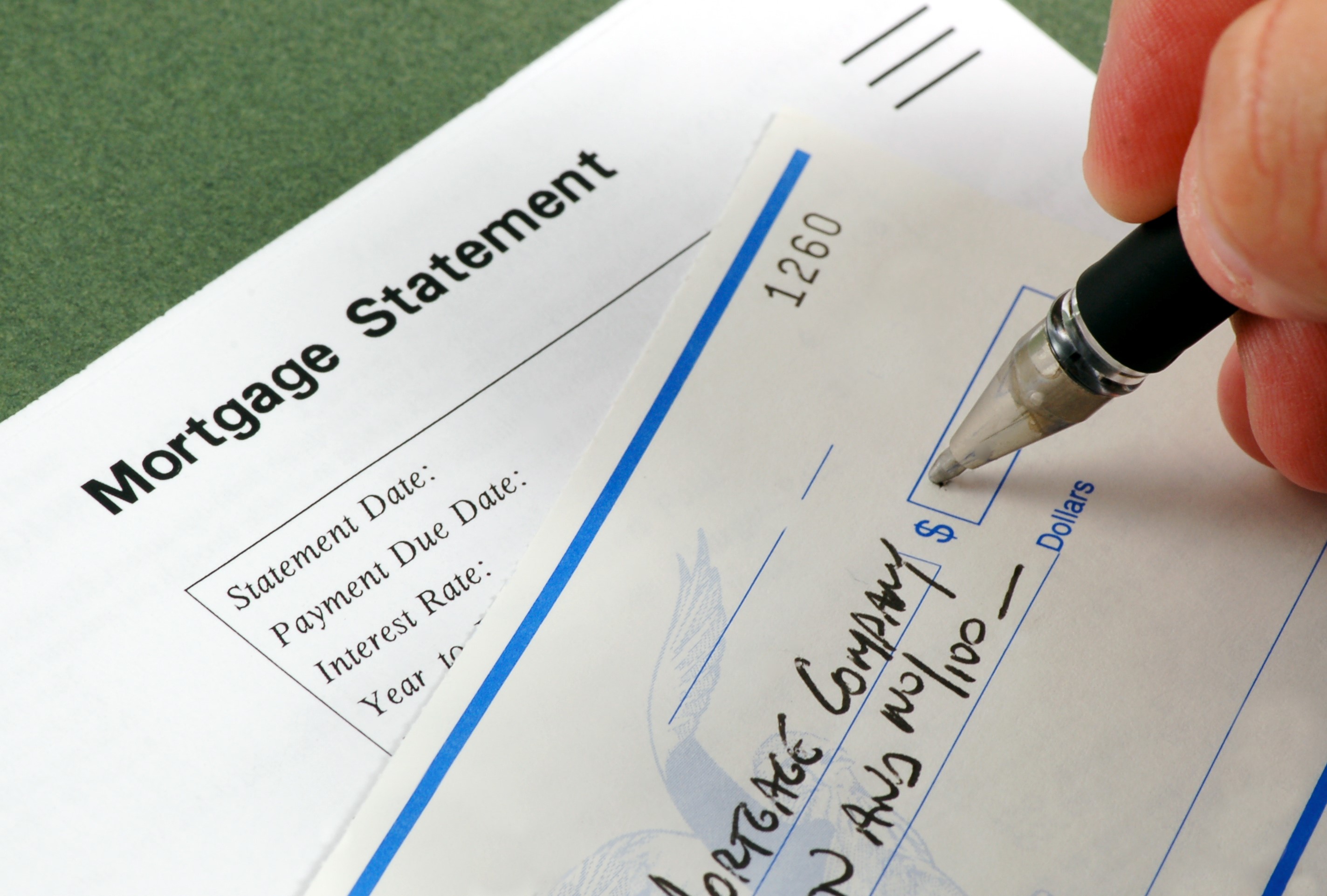Manufactured vs. Modular Homes
When it comes to residential construction, there is a wide range of housing options to suit different needs and preferences. Among these...

Also known as the introductory rate. This is the rate before any adjustments.
This is the period in which the rate will remain unchanged. The rate is reset at the end of this period. On a 5/1 ARM, the first adjustment period is after year five, then there is an adjustment period each subsequent year.
Lenders use a variety of indices to set an ARM interest rate. Often, this is a benchmark rate such as the prime rate, the Secured Overnight Financing Rate (SOFR) or the rate on short-term US Treasuries, like the 10-year yield.
This is the amount of percentage points lenders add to an index to determine an ARM’s interest rate.
These are the limits set on either interest rate or mortgage payment changes. The limits are applied to an adjustment period, over the life of the loan, or both.
ARMs begin with an interest rate usually below the market rate on a comparable fixed-rate mortgage. This “initial rate” may stay the same for months or years. After the initial rate period, however, the rate will adjust on a pre-determined schedule. You’ll often see the adjustment periods represented in a short-hand fraction. To give an example, a 5/1 ARM will carry an introductory rate for the first 5 years of the loan and then adjust each year after that.
The amount any rate adjusts will depend on the fully indexed rate at the time of adjustment, as well as any pre-set caps which limit the amount a rate can go up or down. A fully indexed rate is the combination of the index and the fixed margin on the mortgage. Your lender will determine which index to follow, what the margin will be, as well as any and all caps included in your ARM. All of this will be explained in detail by your loan officer. It is important that you fully understand these terms before accepting the loan. Any misunderstanding now may lead to an unwelcome surprise later.
In most cases, this is a perfectly feasible option. In fact, this is a draw for plenty of homeowners. The mortgage industry always carries the risk of significant interest rate spikes or depressions, but more generally rates moves gradually up or down. So, if you’re watching rates start to fall or rise, chances are they will continue to do so for a bit. The tricky part is predicting how high or low rates will go before correcting. ARMs can be great when things start to look like they’re going up. Taking the lower rate, you can then watch the market to identify the best time to refinance.
Fortunately, there should be little hassle when you try to refinance out of an ARM, especially if your target is a fixed-rate mortgage. Lenders need to justify a refinance by identifying one or more tangible benefit before they can approve it. It is a requirement in the interest of the borrower as it helps to curb predatory lending practices. There is a list of benefits including debt consolidation, reduced interest or loan term and moving from an adjustable- to a fixed-rate mortgage. The mere fact that an ARM is variable and – therefore – may go up makes switching to a fixed-rate mortgage beneficial.
The tendency for initial rates to be lower than a similar fixed-rate mortgage will sometimes allow you to qualify for a larger loan. It also allows you time to prepare for your first rate adjustment. If, say, you take a 5/1 ARM you then have 5 years to decide on your next move.
The inherent and obvious risk of an ARM is that the rate goes up. Fortunately, any responsible lender will qualify you not only for the initial rate, but also any worst-case scenario. This means that you can take an ARM loan with confidence that you can handle any future development.
Given the low introductory rate, ARMs serve incredibly well as short-term loans. So, if you plan to move in 5 years and secure a 7/1 ARM, you should be out of the house well before the first rate adjustment.
This is possible depending on the type of ARM. Negative amortization occurs when the payment structure on a loan allows for a payment that does not fully cover the interest on a payment, therefore adding to the principal amount. If this occurs, it is not allowed to continue indefinitely. When it is corrected, however, it can result in an unexpected larger payment.
Note: CapCenter does not allow for negative amortization when structuring repayment.
Some ARM loans come with a pre-payment penalty which helps disincentivize you from getting out of the loan. These are attached as a protection for the bank. Since they offer a lower rate initially, they want to protect their investment. Fortunately, this is generally frowned-upon in mortgage lending these days, so you shouldn’t have a problem finding an ARM without a pre-payment penalty. Still, it is a great question you should make sure to ask.
Note: CapCenter does not attach a pre-payment penalty on any loans.

When it comes to residential construction, there is a wide range of housing options to suit different needs and preferences. Among these...

As a first-time home buyer, there can be so many new concepts, options, and terms flying around, it can sometimes feel a bit overwhelming. And...

As a first-time home buyer, there can be so many new concepts, options, and terms flying around, it can sometimes feel a bit overwhelming. And...

You’ve been in contact with your REALTOR® for what seems like forever. You have what you’ll need for a down payment just sitting in savings....

1 min read
C onventional mortgages are technically all those not backed by a government program or funding. Instead, they are funded and insured by private...

5 min read
Coming up with a down payment may be the biggest hurdle for first-time homebuyers. It can be difficult to understand exactly how much you need and...